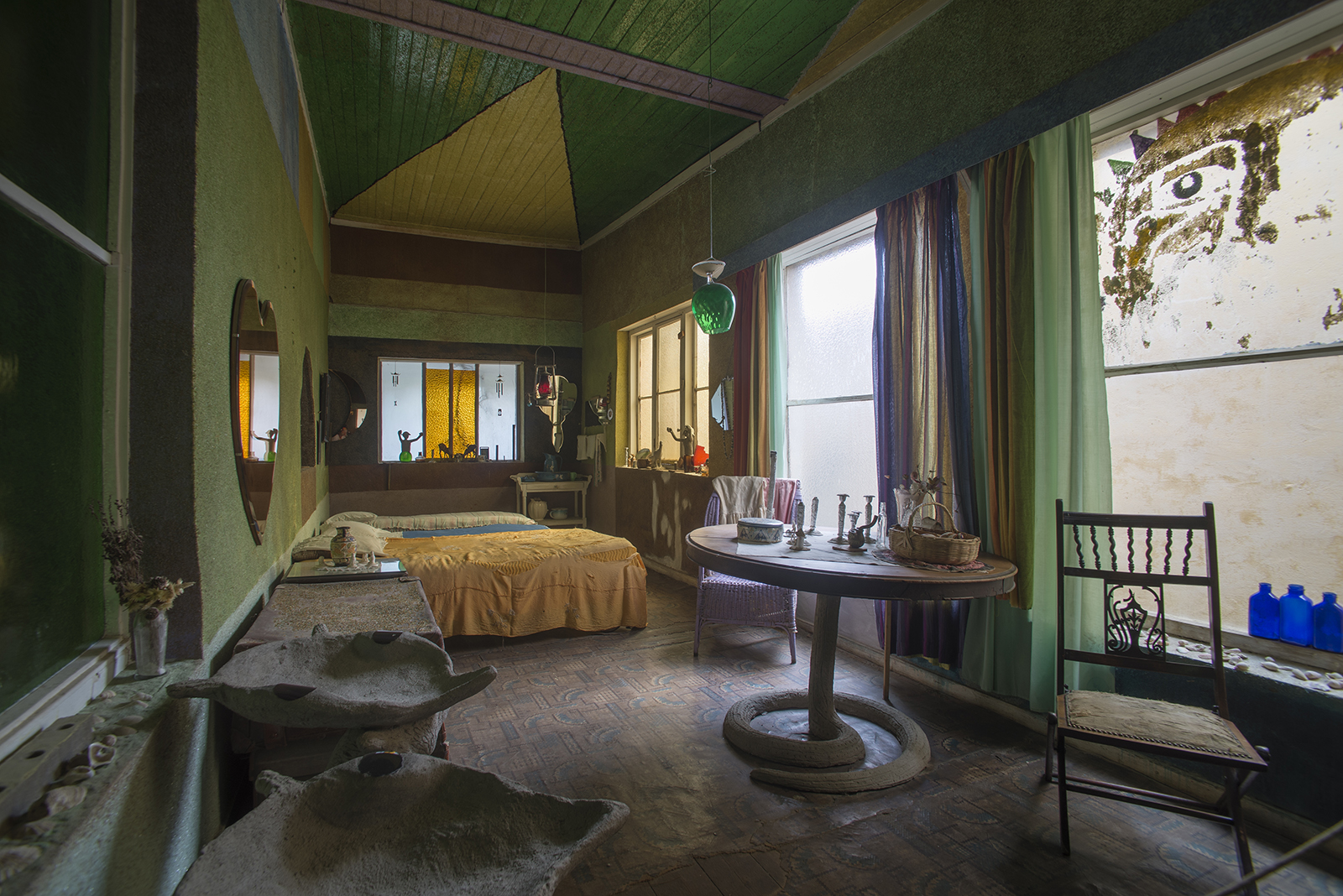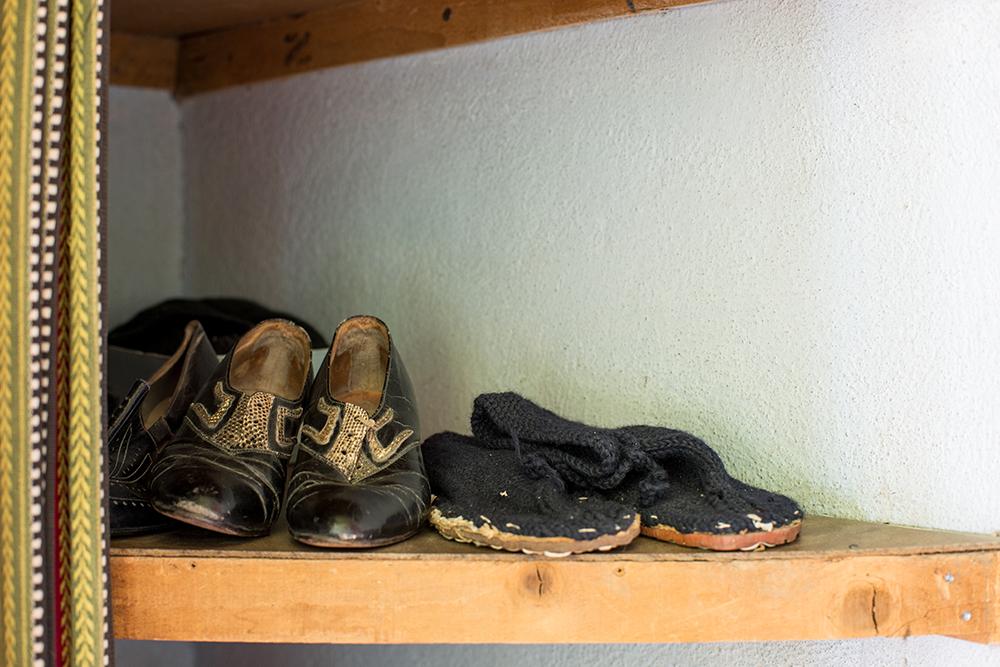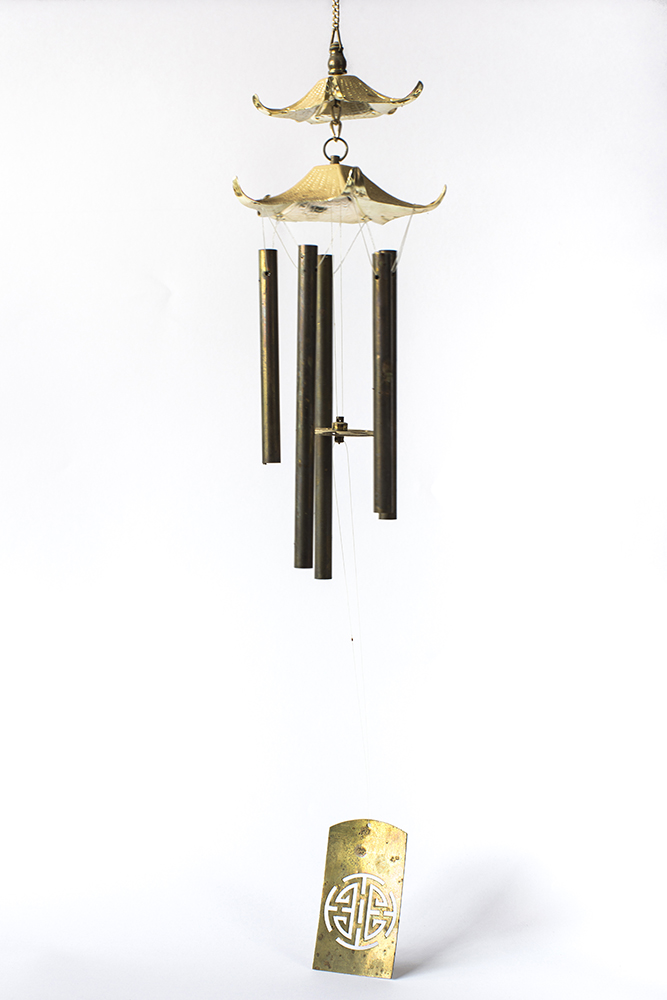This research was undertaken by Sarah Schäfer for her MPhil in Digital Curation at the University of Cape Town.
Somewhere in the arid landscape of the South African Karoo is a tiny village named Nieu Bethesda. Here lived Helen Martins, whose was only recognised posthumously as an artist, and who is today known as an Outsider Artist. After the deaths of her parents (in approximately the mid-1940s), Martins, living once again in the house in which she grew up, began transforming the home to reflect a magical, mythical place that existed in her imagination. Over two decades she transformed it entirely, creating what she named and is still called the Owl House. The Owl House exists today as a museum – close to exactly as she left it 40 years ago. It is extremely isolated, and travelling there is not easy – it involves many hundreds of kilometres of deserted roads through the semi-desert. Decades ago, it was even more inaccessible. For this reason, my research focused on this small museum in South Africa, the Owl House, as a case study in the context of digital cultural heritage.

The Owl House is inextricably connected to its milieu: Nieu Bethesda, the Karoo and South Africa. Helen Martins was a product of her environment – a woman in a conservative, patriarchial, and parochial society, living in a tiny, isolated, arid town. Martins was silenced geographically through her isolation and disconnection from the world, and she was also silenced by her social ostracization in her community. Her art at the time that she was creating it, was not recognised. The Owl House was her attempt to create a world that overcomes the tedious obstacles of everyday life. Today, over forty years after the death of Martins, the Owl House exists as she left it, but in a state of deterioration. When a museum collection, such as the Owl House, is inextricable from its site, digitising it and digitally curating it holds new problems, challenges and possibilities.
By digitising this collection, a voice is given to the artist again. Firstly, by preserving her work. Secondly, by making it accessible. Moreover, the intention of digitising a collection/museum like this one is not to simply replace the original. For a space as immersive and experiential as the Owl House, merely attempting to create a digital simulation would be a poor representation. Digital objects have different meaning to their physical/analogue counterparts, depending on how they are digitised and digitally curated. In fact, different layers of information, that cannot be easily annotated to physical artefacts, are possible with a digital format.
My research, through interviews with participants who engaged with a digitally curated collection, showed that people appreciate different layers of information, and they also appreciate multimedia being used where it is relevant. An example of this is a pair of shoes, which several participants were drawn to because of the biographical details that were included about an accidental toe amputation. Participants found the details quite bizarre, which made the artefact stand out.



One participant recollected how, during her visit to the Owl House, she did not pay particular attention to most of the objects, and “brushed them away as…junk that had kind of been left”. After engaging with the digital collection, however, she noted that, “the more you know about these kinds of objects, the richer the experience feels”. Participants also enjoyed the video and sound of the wind chimes and appreciated how each item was given several digital forms, which tell a story and offers context. One commented that The Long Bedroom Collection provides a “much more detailed glance” of the space than a real-life visit to the room. “[It’s] not immersive [in terms of involving] all the senses, but it’s almost more immersive in terms of interacting with all the elements, or a lot more of the elements in the space”.


The Owl House, although unique, is one of many small collections in South Africa and in Africa, that would benefit enormously from being represented digitally. Through digital media, voices can be heard, instead of gathering dust somewhere in the desert.
